
Make Healthy Eating Work For You
Healthy eating—what it means and how to do it—is confusing for a lot of people. Understandably so! Lots of information and advice on “healthy eating” is misleading, too strict to be realistic, and doesn’t factor in each person’s unique situation. The truth is, there’s no one-size-fits-all approach. But with a better understanding of basic nutrition and dietary recommendations, you can build healthy eating habits that work for you.
What Is Healthy Eating?
Our relationship with food affects our overall well-being. The type and amount of food you eat, and the speed at which you eat it can make you feel sick, impact your ability to think clearly, and may even lead to chronic health issues like diabetes and heart disease. That’s why it’s so important to build healthy eating habits with foods that nourish your body the right way.
What healthy eating means varies from person to person based on health needs and goals, as well as what and how much food they have access to. It also changes over time based on your age and any health issues you may be dealing with. But there are some basic guidelines that can help you get started: healthy eating is balanced, flexible, and includes a combination of nutritious foods.

Balanced
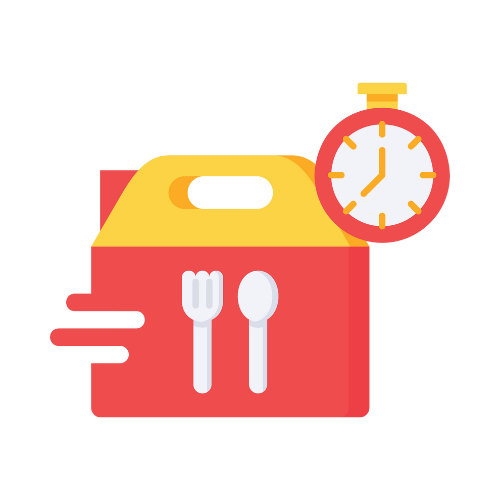
Flexible

Varied
Nutrition Basics
Food comes in different categories that have different benefits for our bodies. Once you understand the basics of nutrition, it can be easier to build healthy eating habits that work for you.

Beverages
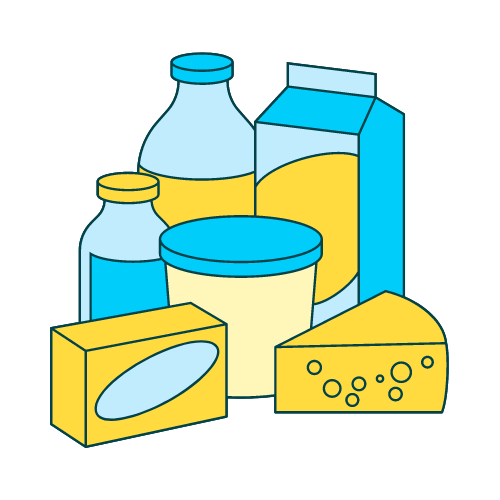
Dairy

Dairy Alternatives
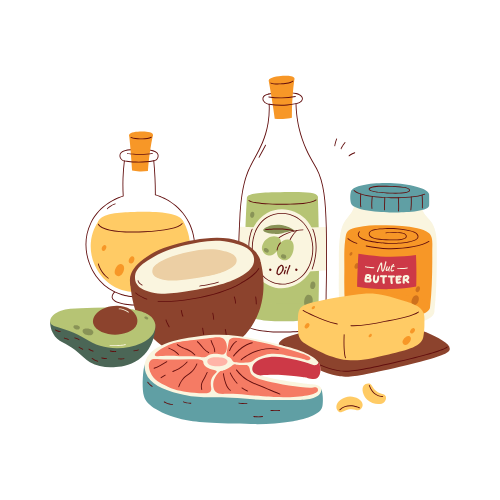
Fats

Fruits
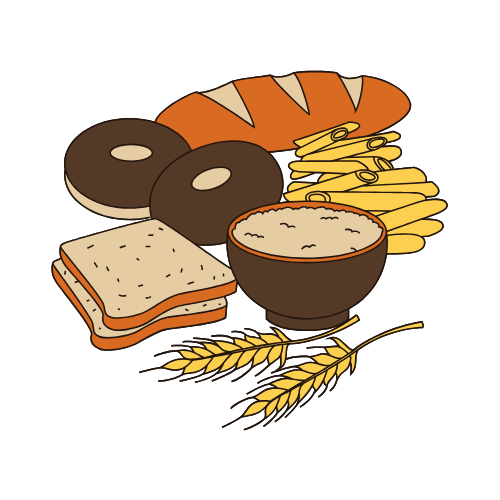
Grains
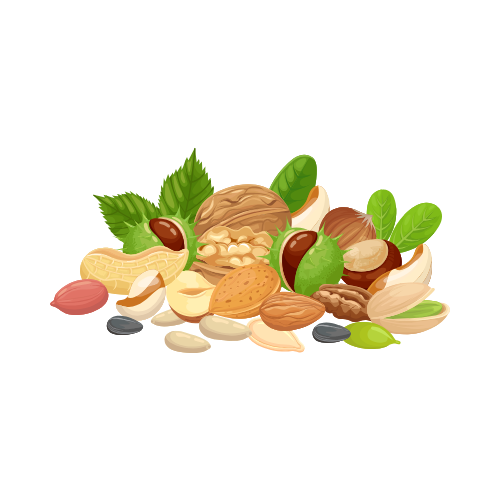
Nuts & Seeds

Soy
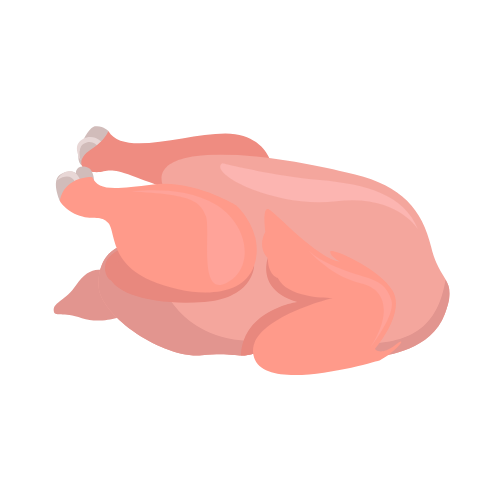
Poultry

Red Meat
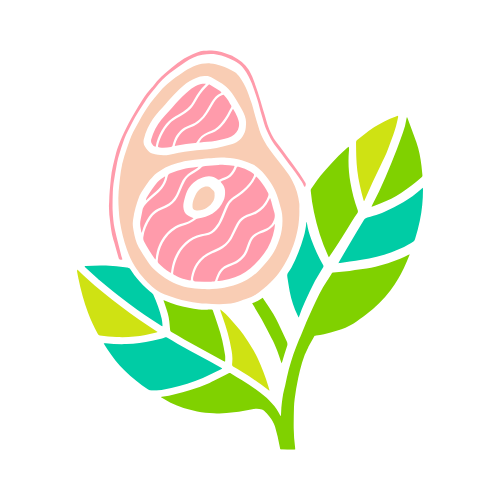
Meat Alternatives
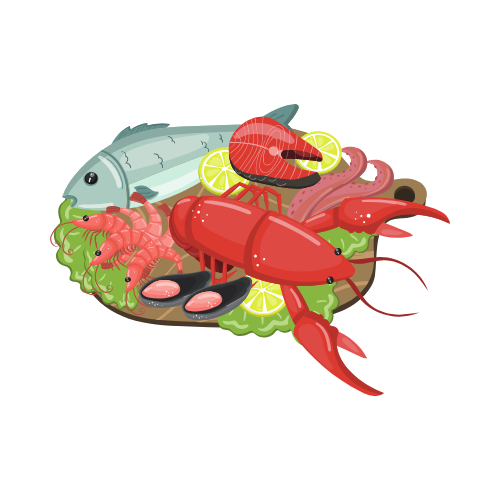
Seafood
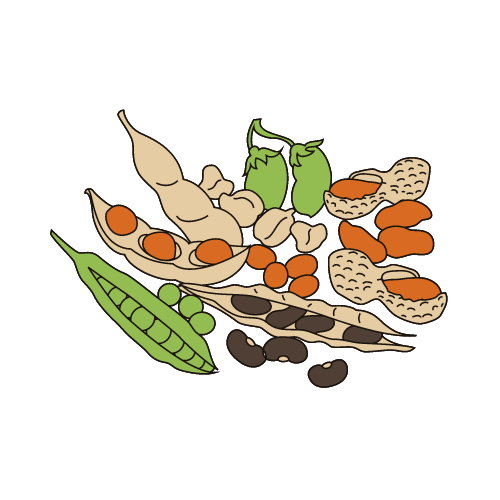
Legumes

Spices, Herbs, & Seasonings

Vegetables (Non-Starchy)

Vegetables (Starchy)

Desserts

Sugar
Building Healthier Habits
Making dietary changes can feel overwhelming and it’s hard to know where to start. Whether you’ve recently become more interested in health and fitness or you’re dealing with a condition that requires lifestyle changes, you can take it one step at a time. Here are some simple healthy eating tips for beginners:
- Incorporate more fruits and vegetables into your diet
- Follow the Healthy Plate Model as much as possible
- 50% non-starchy vegetables
- 25% carbohydrates
- 25% lean or plant-based protein.
- Write down / keep track of what you eat
- Take notice of how you feel after eating different types and amounts of food
- Practice mindful eating
- Eat more slowly
- Chew thoroughly
- Remove distractions
- Focus on how you feel
- Stop when you feel full
You can always connect with a Registered Dietitian or Health Coach for more in-depth and personalized nutrition advice, healthy meal planning, balanced diet tips, and healthy recipes. We also know that a big part of being able to eat healthy is having access to healthy foods. If you’re struggling to get enough food / healthy foods, check out our Food Access resources guide.